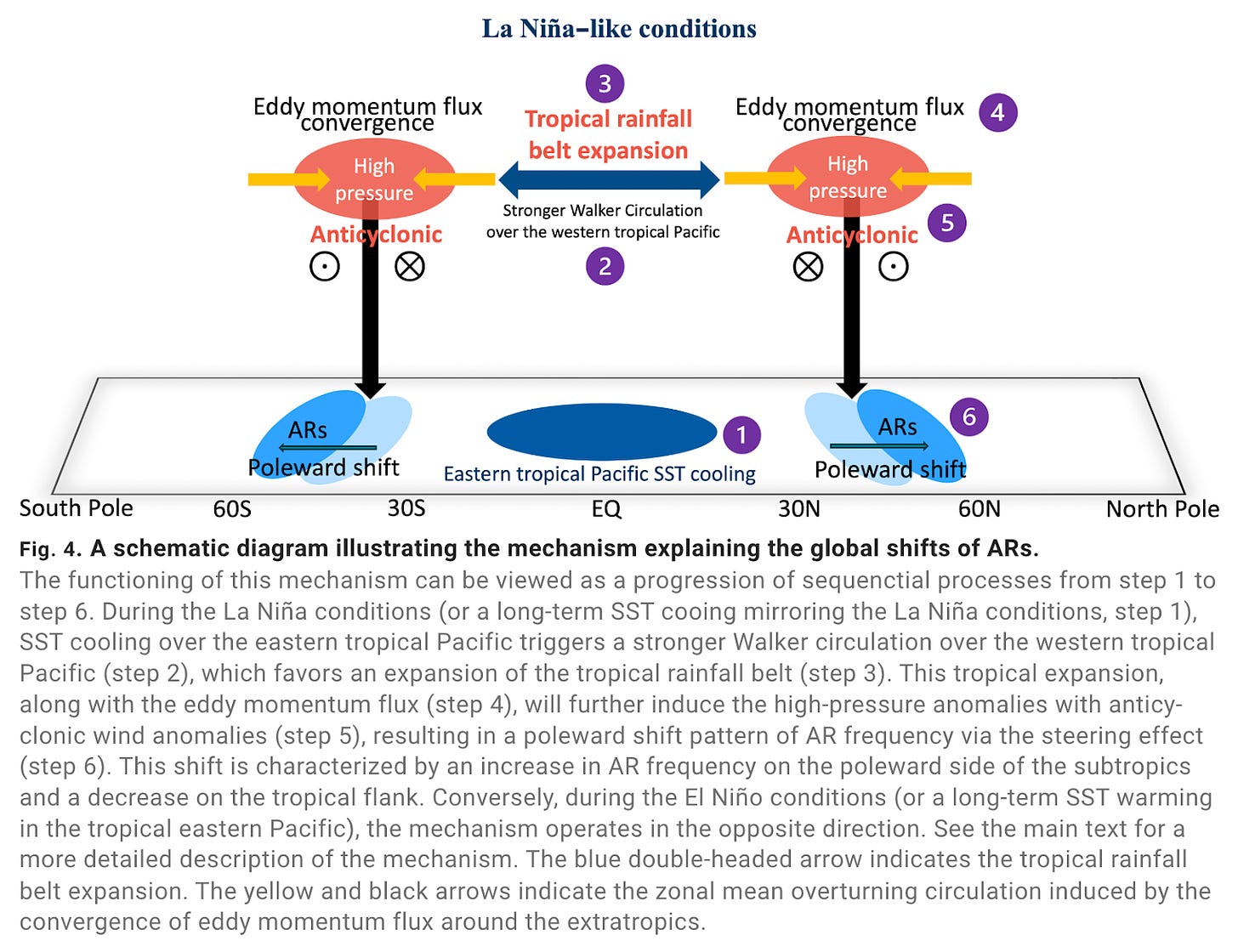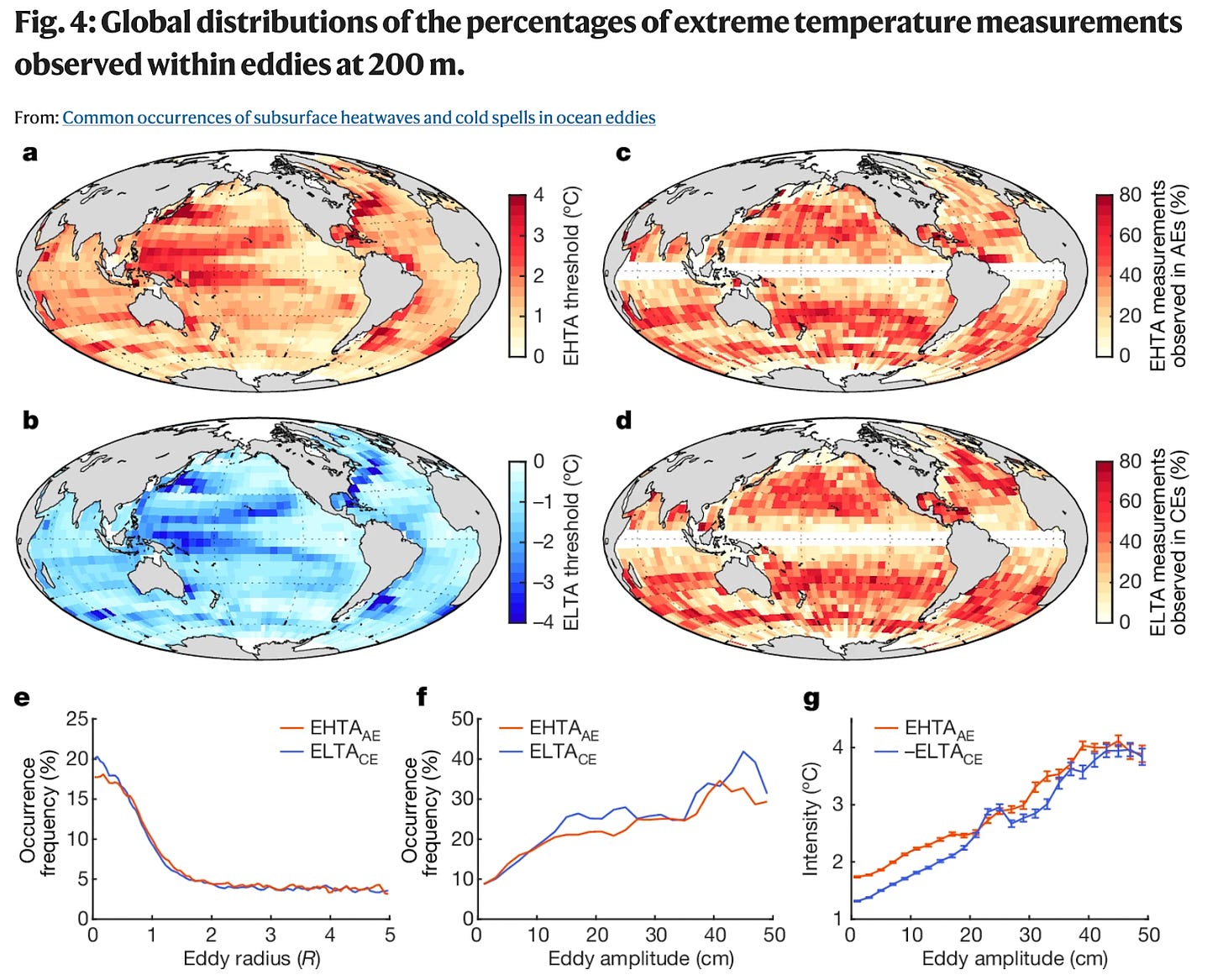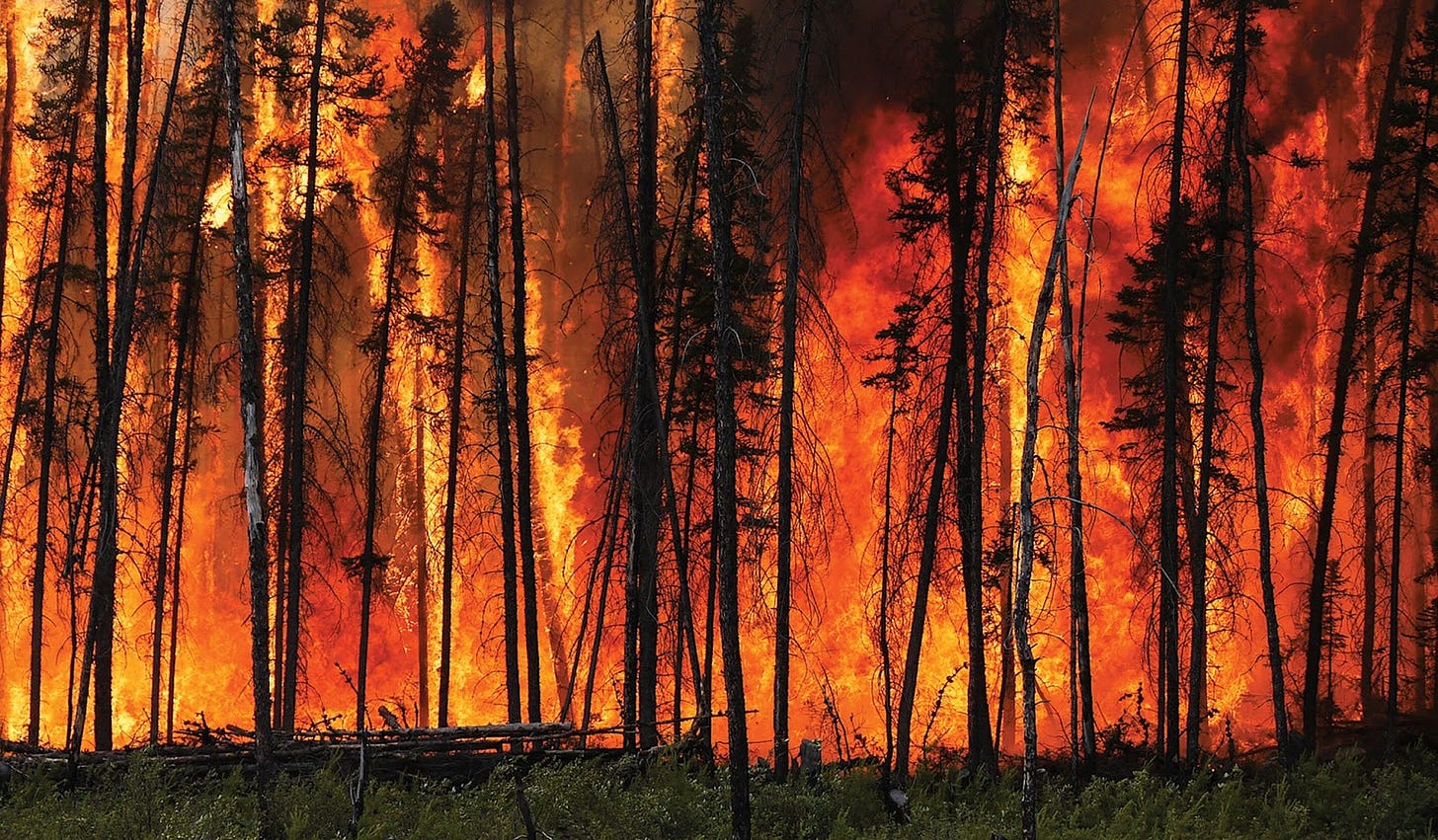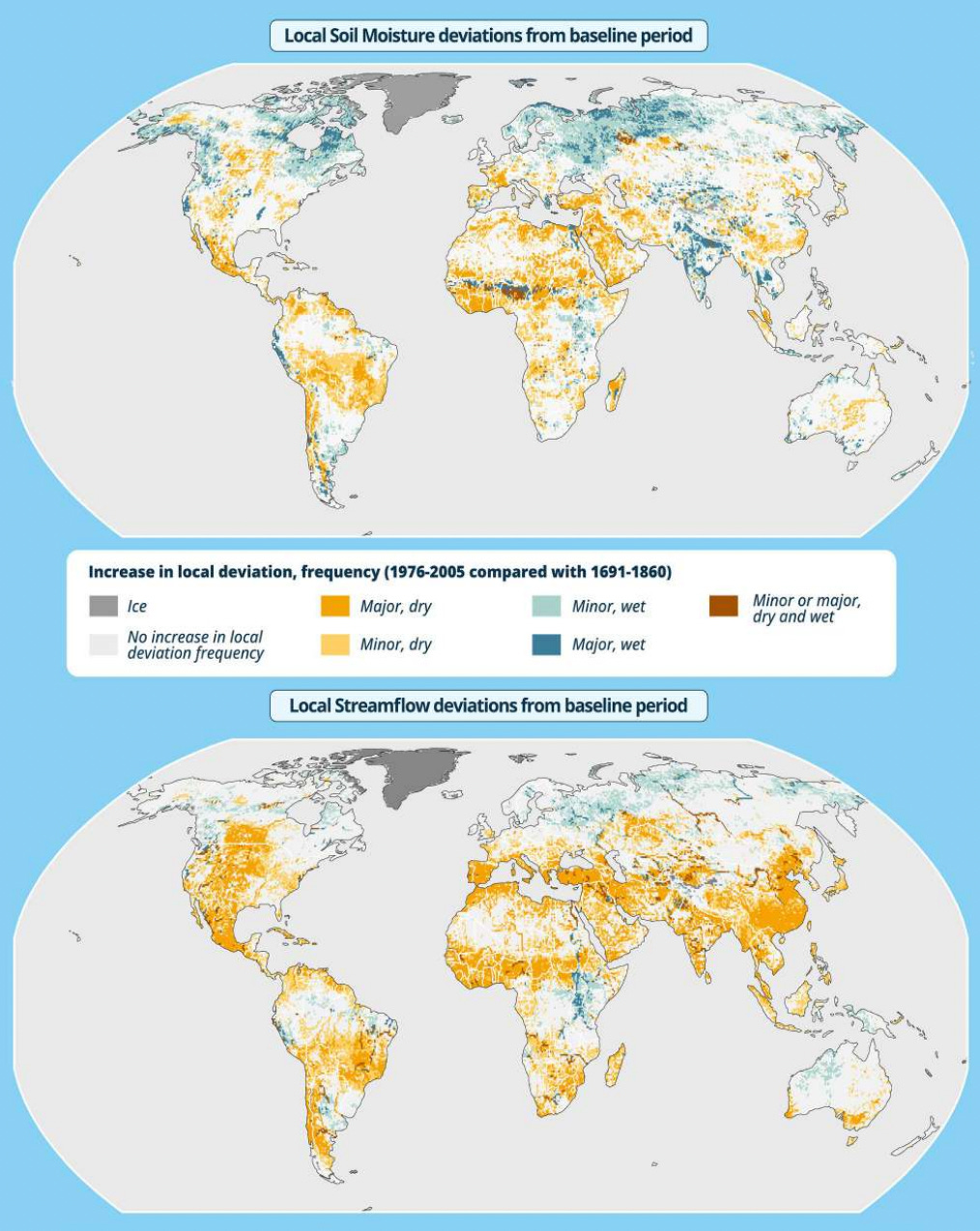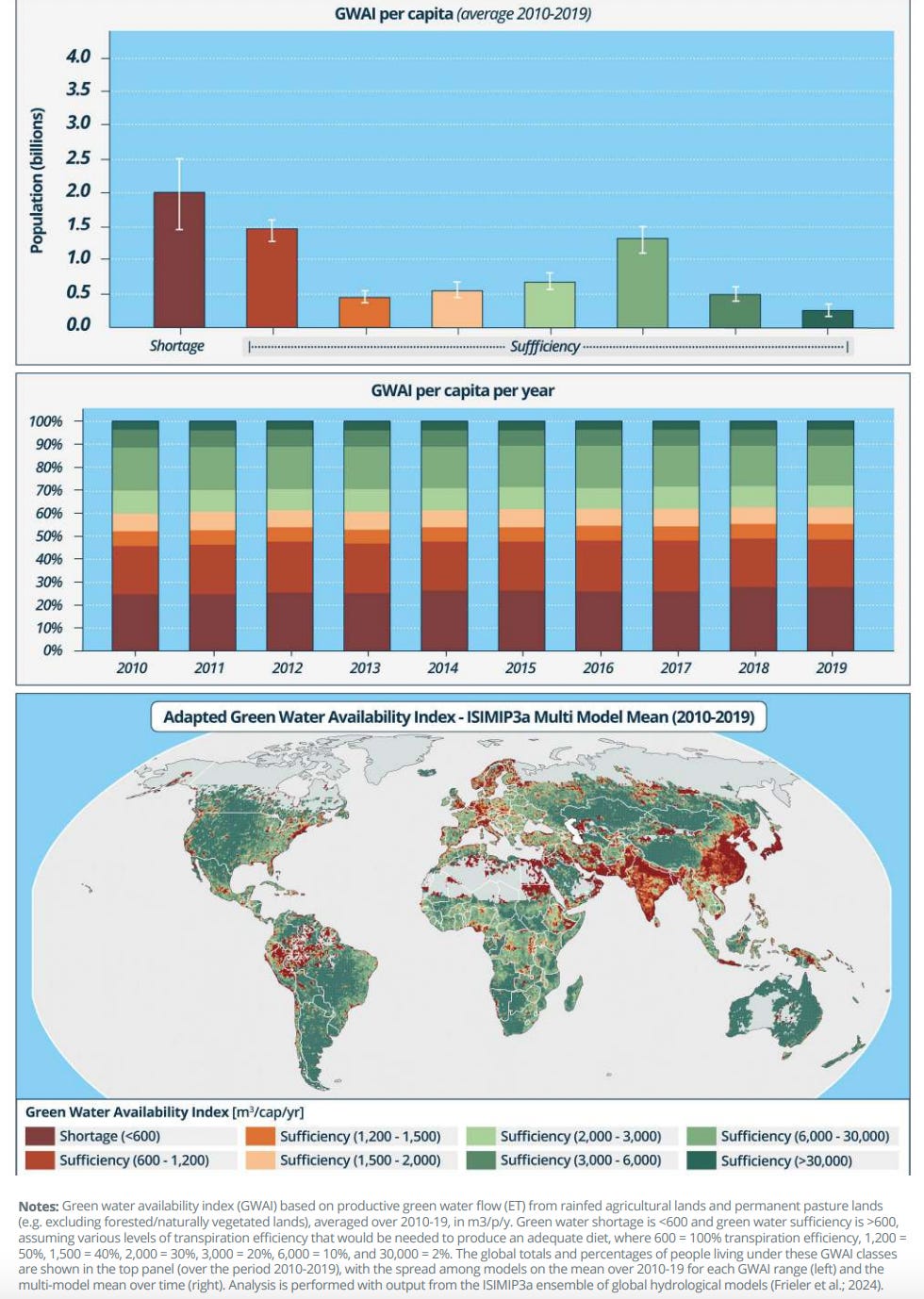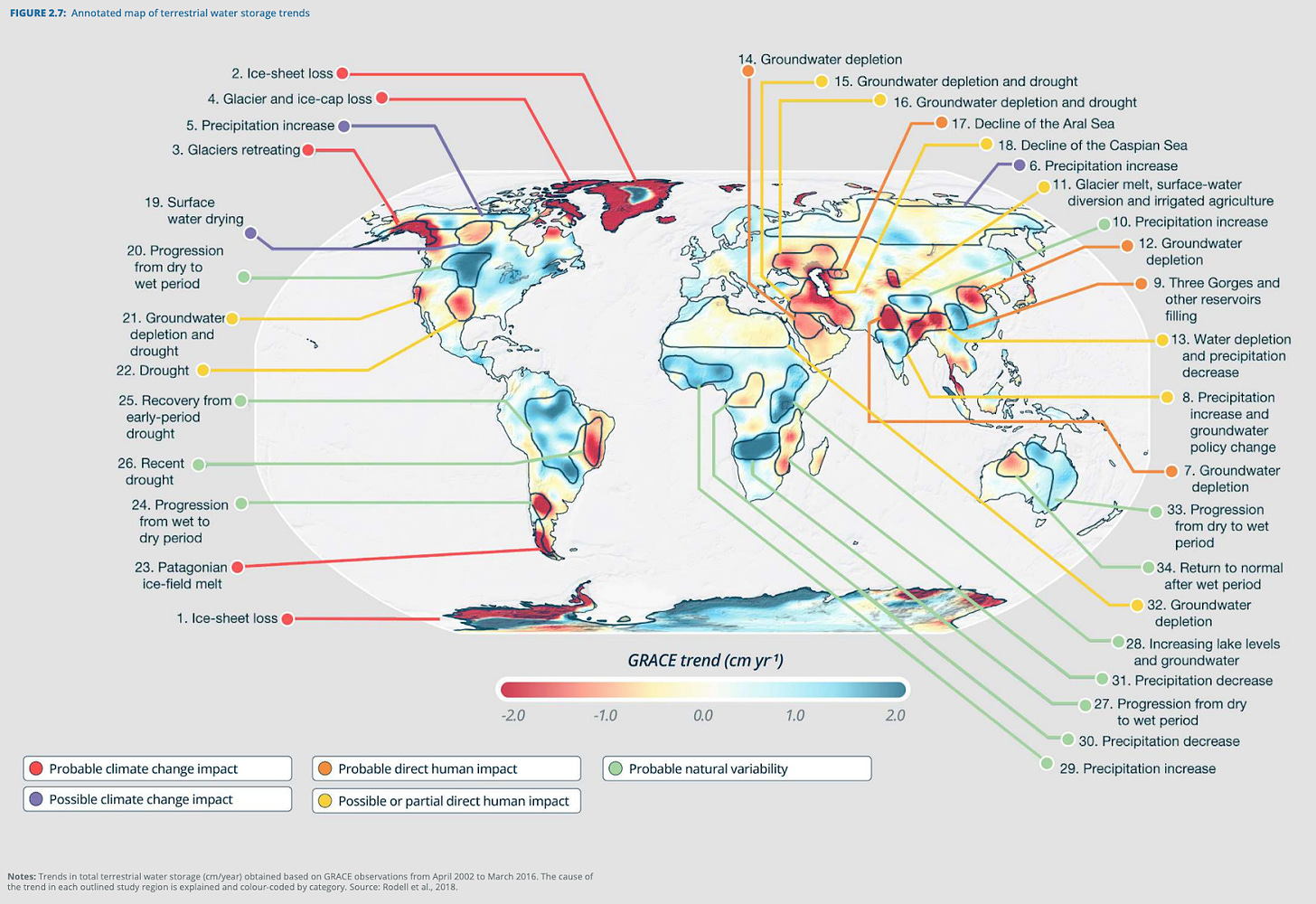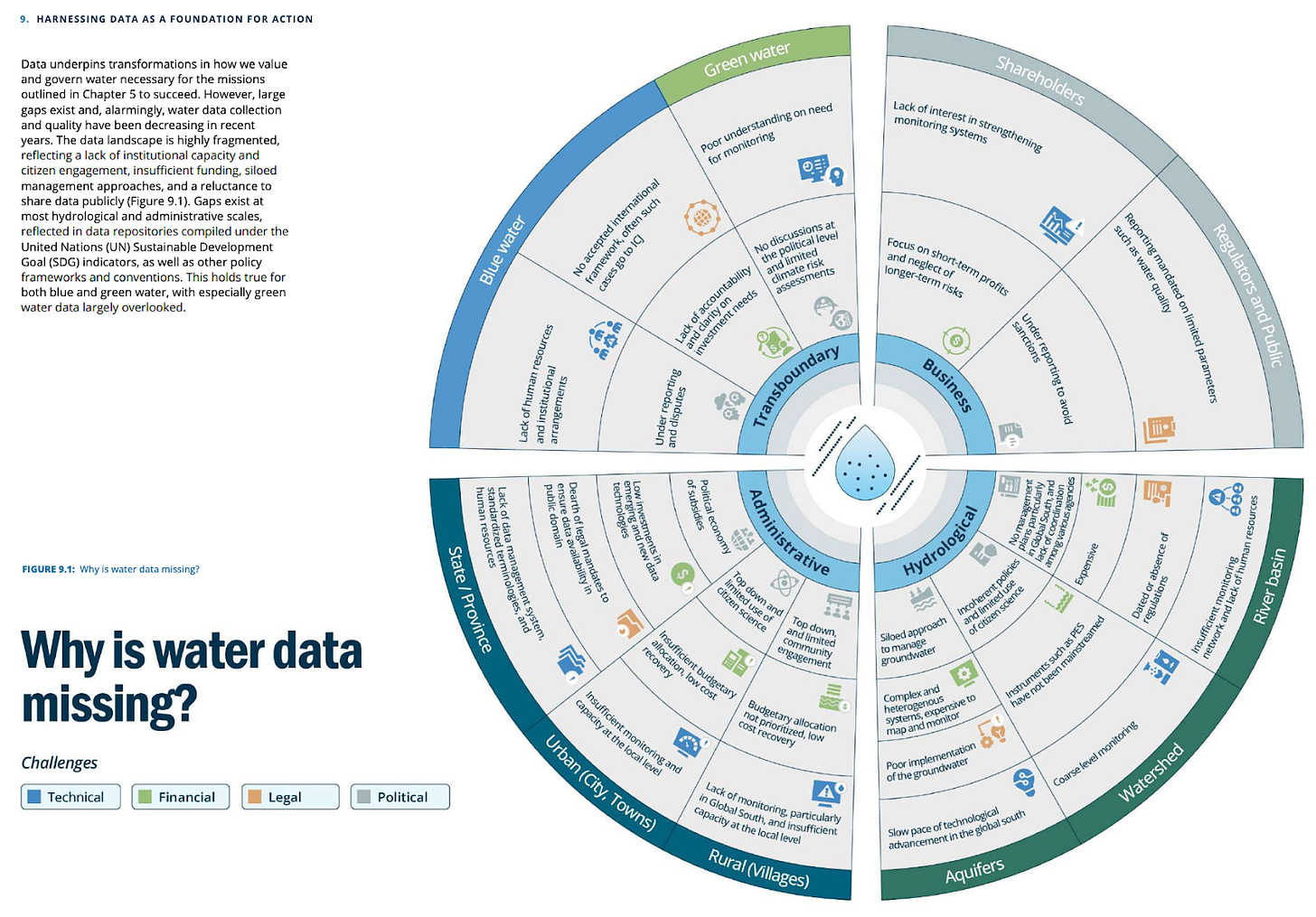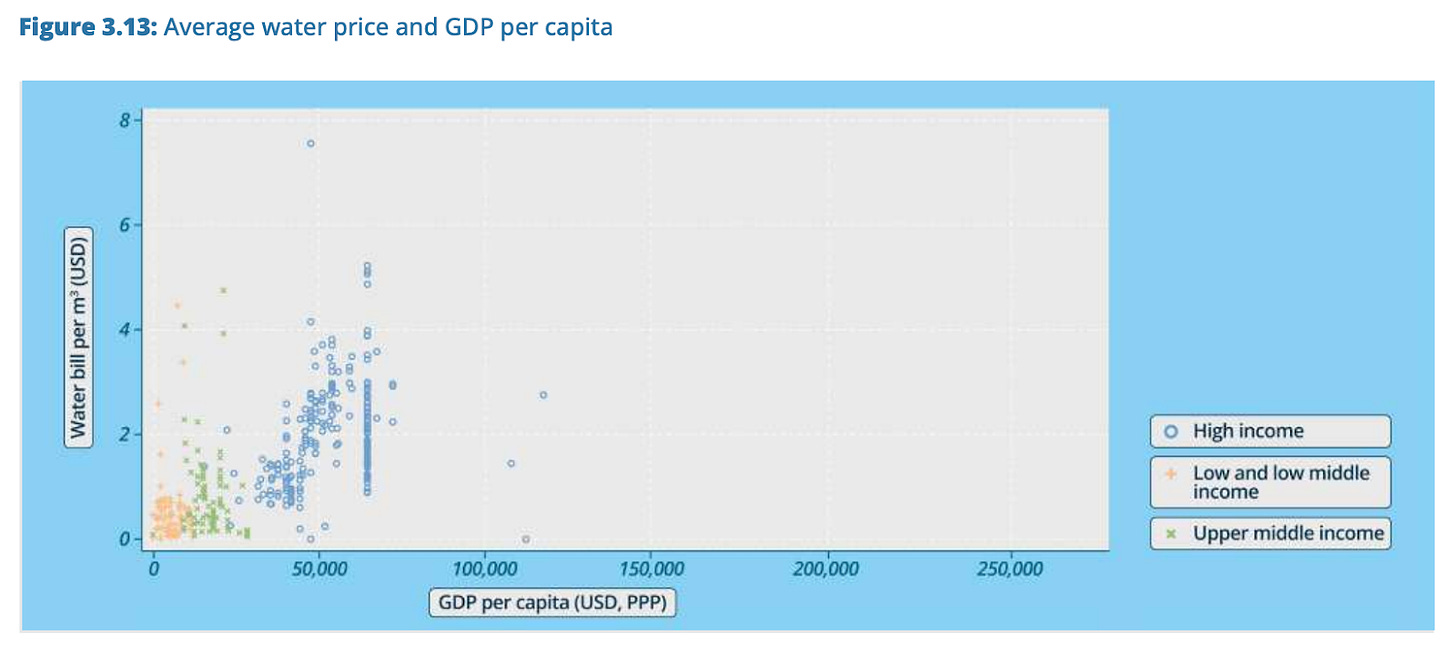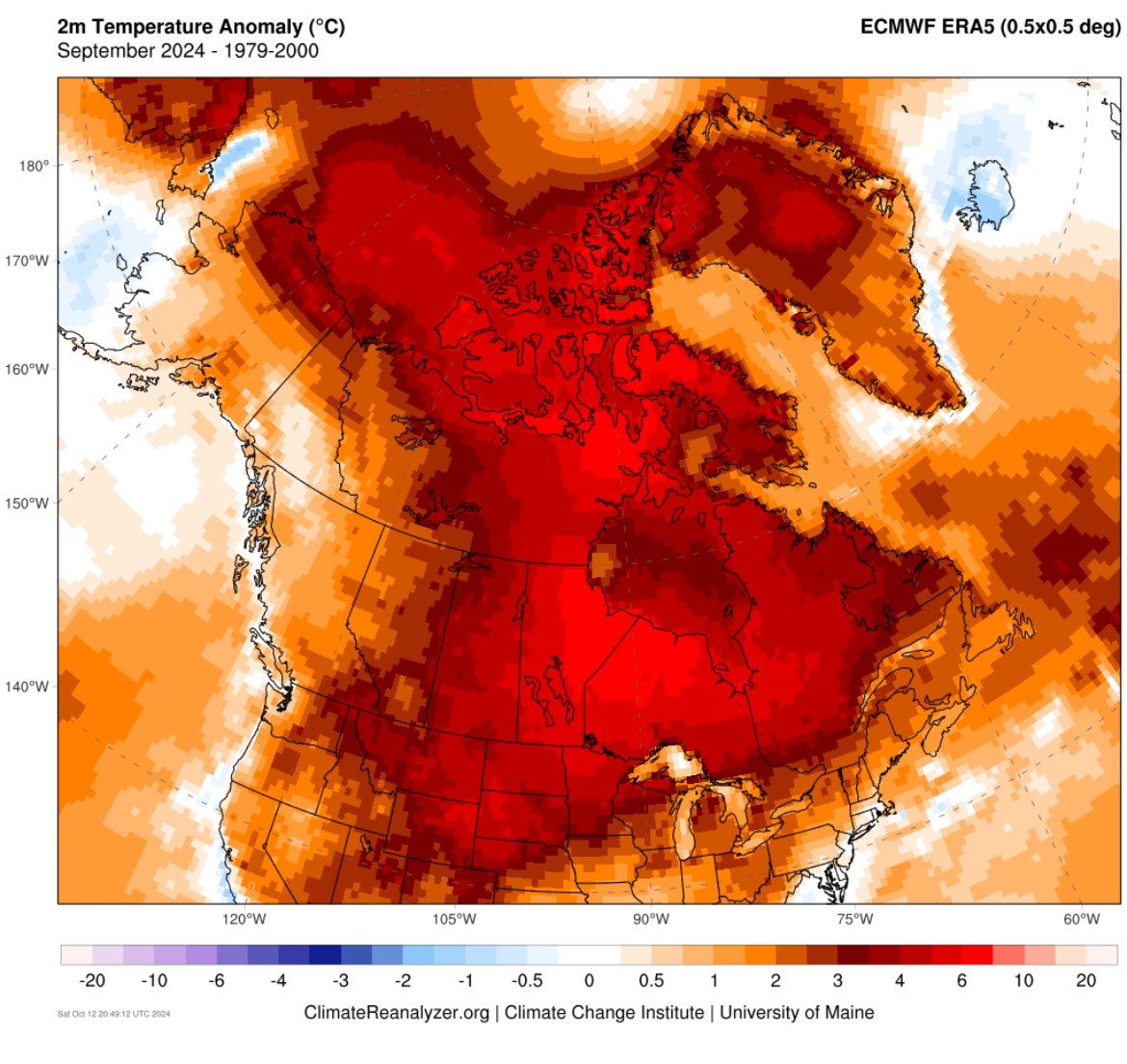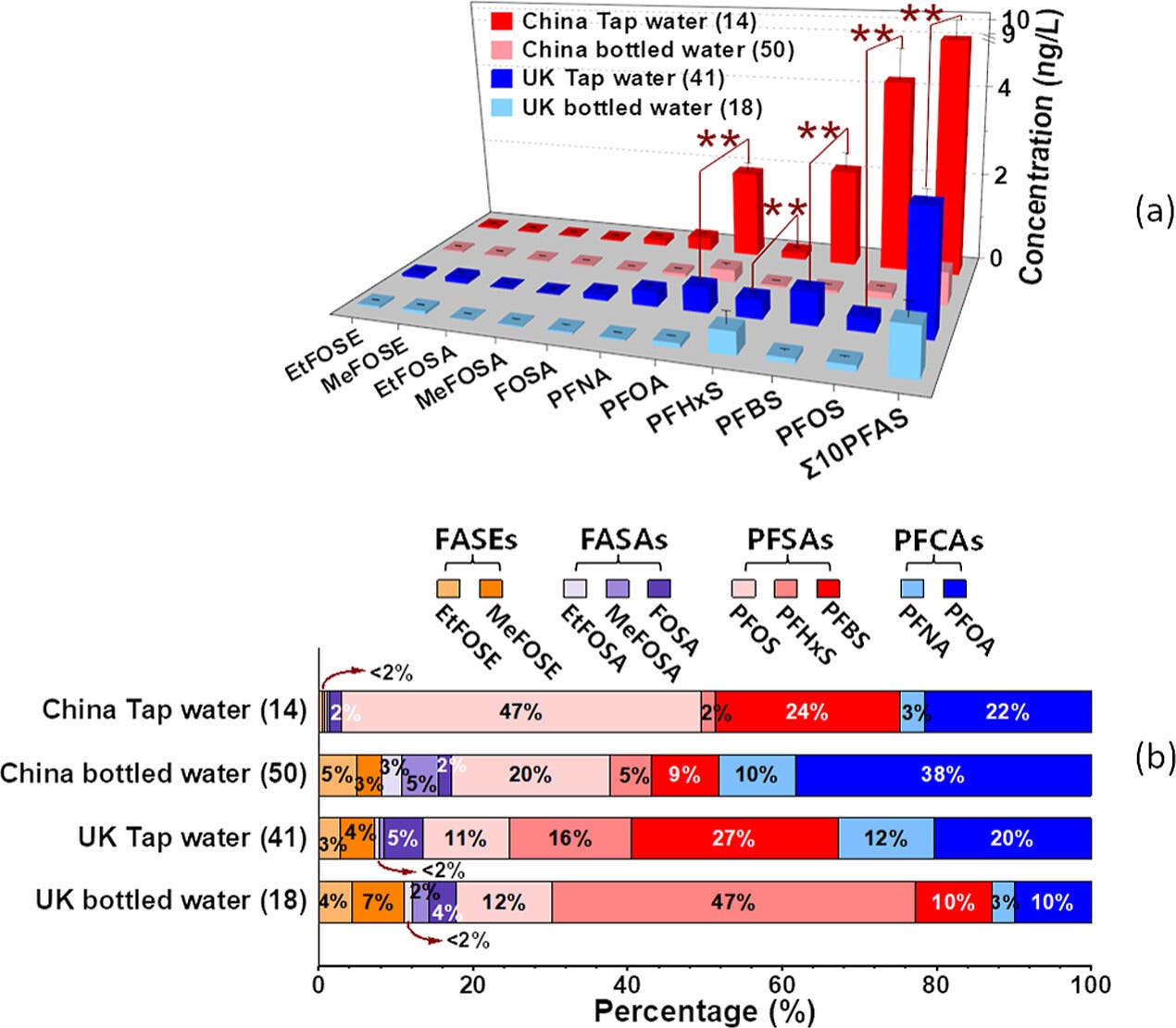Last Week in Collapse: October 13-19, 2024
More airstrikes in Gaza and Lebanon, failing planetary carbon sinks, deep sea heat waves, worsening water crises, and thousands of North Korean soldiers joining the Russian War effort.
Last Week in Collapse: October 13-19, 2024
This is Last Week in Collapse, a weekly newsletter compiling some of the most important, timely, useful, soul-shattering, ironic, stunning, exhausting, or otherwise must-see/can’t-look-away moments in Collapse.
This is the 147th newsletter. You can find the October 6-12 edition here if you missed it last week. Thank you for subscribing to the Substack.
——————————
Early data from a group of scientists support the alarming discovery that a large number of forests did not, as a whole, sequester more carbon than they emitted into the atmosphere. Only the Congo rainforest remained a solid carbon sink. Finland’s boreal forests stand as an example of how an ecosystem can transform when it ceases to be a carbon sink. “In the northern hemisphere, where you have more than half of CO2 uptake, we have seen a decline trend in absorption for eight years,” said one professor. The oceans have been absorbing 90% of this carbon, driving a shift in global water currents. This study also did not factor in the year’s wildfires. Scientists and policymakers believe that, since carbon absorption rates appear to be dropping, this would (if we were actually serious about the problem) require even more demanding & immediate cuts to emissions to mitigate this problem.
A post-storm review from Hurricane Helene found that many wells have been contaminated with E. coli and other bacteria—in addition to the widespread infrastructure destruction wrought by Helene. Some scientists are worried about how British shipwrecks might contribute to pollution problems as their old sunken hulls eventually lose structural integrity. Flooding struck Liguria, killing at least one.
NOAA says that “a weak La Niña event will develop this autumn and could last until March.” Another study confirms that atmospheric rivers have shifted 6-10° farther north in the last 40 years, particularly during La Niña events.
A study from Nature claims that marine heat waves often develop independent of surface phenomena, making them much more difficult to predict & track. The researchers found more correlation with deep sea eddies, which “can impact acidification, oxygen levels and nutrient concentrations in the ocean” as well as exchange heat.
Despite the IPCC prediction that a collapse of the AMOC is unlikely before 2100, some scientists are concerned that it could potentially occur even before 2050. The AMOC is at its weakest in human history, and one professor believes an irreversible ‘salt feedback’ tipping point may be close at hand, which could result in unpredictable consequences.
A study published a couple weeks ago in PNAS affirms that “compound drought-heatwaves” which especially damage soil quality, “exhibit higher frequencies, longer durations, greater severities, and faster growth rates than {previous compound drought-heatwaves} in all aspects from 1980 to 2023. They are undergoing a critical transition, with droughts replacing heatwaves as the primary constraint….Transformation of natural ecosystems, particularly forests and wetlands, to cropland as well as forest degradation substantially enhance the strength” of these global trends.
A paywalled study posted last week in Science confirmed the obvious: “extratropical forest fire emissions have increased substantially under climate change” particularly in the far north of North America and Siberia. They confirmed that “the intensity and severity of fires is increasing in extratropical forests, which is consistent with fires affecting drier, more flammable stocks of vegetation fuels as the climate warms and as droughts become more frequent.” This suggests that these regions may not serve as potential future carbon sinks in the future, since the Arctic is warming faster than most of the rest of the planet. CO2 emissions in these regions have almost tripled since 2001.
A study in The Lancet surveyed 15,000+ Americans aged 16-25 on how serious a problem they believe climate change is, mental health problems, assigning responsibility for climate disasters, and strategies for addressing climate change. A supermajority of young Americans are concerned about our changing global weather and dying planet, and 76% believe the government is betraying future generations by the way they are acting now.
“Overall, 85.0% of respondents endorsed being at least moderately worried, and 57.9% very or extremely worried, about climate change and its impacts on people and the planet. 42.8% indicated an impact of climate change on self-reported mental health, and 38.3% indicated that their feelings about climate change negatively affect their daily life….as respondents across the political spectrum perceived the impact of a greater array of severe weather events in their area, their distress related to climate change and their desire and plans for action increased….More than half of respondents indicated that climate change is causing them to question whether the work they put into their education (59.5%) or their career, job, or vocation (57.9%) will matter, and to be hesitant to have children (52.3%). A minority of respondents reported that climate change will make their life better (17.9%).”
Spaniards, and others are angry over plans to build a Guggenheim museum site in a protected UNESCO nature reserve near Bilbao. A recent study found that dolphin breath contains microplastics.
A study in Geophysical Research Letters examined the effect of spreading diamond dust into the atmosphere, as part of a geoengineering plan to rapidly cool down the atmosphere. Diamond dust tested better than any of the other proposed particles, but sourcing the necessary 5M tons of diamonds would be prohibitively expensive.
The Global Commission on the Economics of Water released a 219-page report about the water cycle, ecosystem sustainability, and the consequences of water mismanagement. You can read the 30-page Executive Summary report if you don’t have the time for the full thing, but only the long report has graphics. A failure to meaningfully respond to the global water crisis could endanger over half of the world’s food production by the year 2050.
“The world faces a growing water disaster….Decades of collective mismanagement and undervaluation of water around the world have damaged our freshwater and land ecosystems and allowed for the continuing contamination of water resources….the degradation of freshwater ecosystems including the loss of moisture in the soil has become a driver of climate change and biodiversity loss. The result is more frequent and increasingly severe droughts, floods, heatwaves, and wildfires….more than half of the world’s food production are now in areas where total water storage is projected to decline….A stable supply of green water [‘water stored as soil moisture and in vegetation, which returns to the air through evaporation and transpiration’] in soils is crucial to sustaining the natural systems that absorb more than a quarter of the carbon dioxide emitted from fossil-fuel combustion….the approach to water infrastructure has also been short-term and reactive, leading to neglected assets, frequent service disruptions and leakage – culminating in higher long-term costs…” -selections from the executive summary
Mt. Rainier in Washington state lost 22 feet of its summit (6.7m) because its ice cap is melting. The Atlantic Ocean sea surface warmth anomaly has hit all-time record highs. Canada’s last September broke all-time monthly records, and was 0.64 °C warmer than its second-warmest September. Last year was Morocco’s warmest on record, according to recently released data.
The Middle East bakes under extreme heat. Major cities in southern India flood with the monsoon rains. Drought in Mongolia. A Level 5 Alert (the highest) has been issued in the Caribbean for a marine heat wave that is likely to bleach coral reefs; Aruba tied its hottest night in history, 29.2 °C (84.5 °F).
——————————
In bottled water, and in tap water, PFAS chemicals have become more common and more concentrated in samples around the world—so says a study from ACS ES&T Water. The concentrations in bottled water were particularly high in China.
A UK study on PFAS in marine areas supports the idea that “sewage discharges” following flooding events greatly increases the amount of PFAS introduced into the sea and the water cycle. This is “a likely minimum of 100% increase in concentration {of PFAS}”, and, “globally, 80% of wastewater is released to aquatic ecosystems untreated.” Although “Wastewater treatment plants are not efficient at removing PFAS compounds and are thought to be a major source of these compounds to marine environments” anyway. Some experts believe some PFAS chemicals can last for decades, while others may persist for over a millennium. And, because “sewage sludge is also used extensively in the UK for agriculture with 87% of treated sludge being distributed to land for fertiliser,” this PFAS may be coming to a farm near you—forever.
Keep reading with a 7-day free trial
Subscribe to Last Week in Collapse to keep reading this post and get 7 days of free access to the full post archives.




